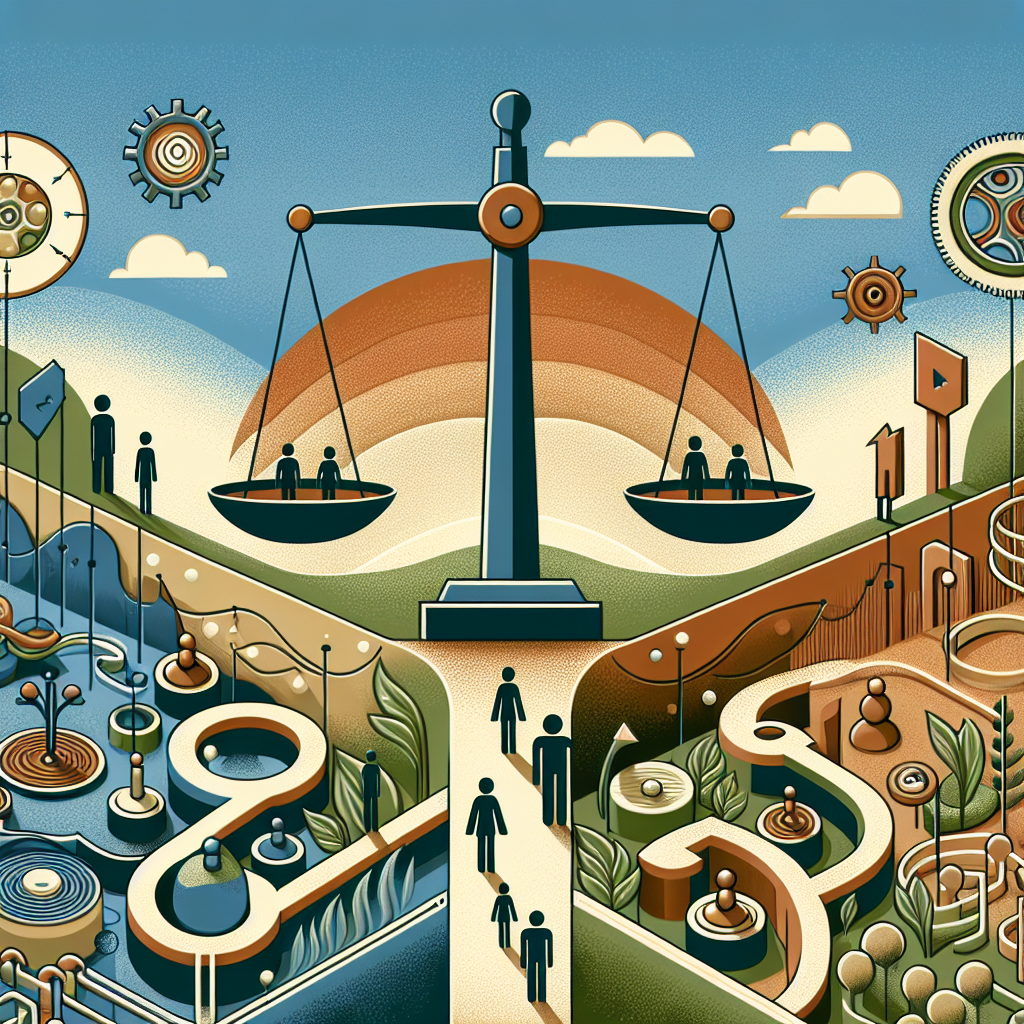Recognizing and Addressing Power Imbalances

Mastering Power Dynamics: The Key to Success – SEO Specialist
Understanding Power Dynamics
Power dynamics refer to the ways in which power is distributed and exercised within a particular group or relationship. It encompasses the actions, behaviors, and attitudes of individuals that influence the balance of power and how it is used. Power dynamics can be seen in various settings, from personal relationships to the workplace and larger societal structures.
The Role of Power in Relationships
Power plays a significant role in relationships, whether it is between romantic partners, friends, or family members. In any relationship, there is a power dynamic at play, where one person may hold more power and influence than the other. This can be due to various factors such as gender, race, age, financial status, or societal norms.
Power imbalances in relationships can lead to unequal distribution of decision-making, communication, and resources. The individual with more power may have a louder voice, and their needs and wants may take precedence over the other person. This can create an unhealthy dynamic and lead to feelings of resentment, manipulation, and control.
How Power Shapes Interactions
Power greatly influences how individuals interact with one another. It can dictate the level of respect, authority, and influence a person holds in a particular situation. Those with more power may feel entitled to speak over others, make decisions without considering the opinions of others, and even use their power to manipulate or control those with less power.
On the other hand, individuals with less power may feel intimidated, silenced, and less likely to speak up for themselves. This can lead to feelings of powerlessness and can cause them to internalize their needs and wants, leading to a lack of assertiveness.
Identifying Power Imbalances
It is essential to recognize power imbalances in relationships and other settings to address them effectively. Some signs of power imbalances may include:
- One person making all decisions without consulting the other
- Unequal distribution of resources, such as money, time, or attention
- One person consistently dominating conversations and not allowing the other to speak
- Feeling intimidated or silenced by the other person
- One person using their power to control or manipulate the other
The Negative Impact of Power Misuse
When power is misused in relationships, it can have harmful effects on both parties involved. The individual with more power may become controlling and manipulative, using their power to get what they want at the expense of the other person’s well-being. This can create a toxic and unhealthy dynamic in the relationship.
On the other hand, the individual with less power may feel diminished and belittled, leading to feelings of low self-worth, anxiety, and depression. This can also create resentment and strain the relationship further.
Navigating Power Struggles
Power struggles are a common occurrence in relationships, and learning how to navigate them is crucial for maintaining a healthy dynamic. Some strategies for navigating power struggles include:
- Recognizing and acknowledging the power imbalance
- Communicating openly and honestly about feelings and needs
- Setting boundaries and asserting oneself
- Learning to compromise and find a balance of power
- Seeking outside support, such as therapy, to address underlying issues
Empowering vs. Disempowering Behaviors
Individuals in positions of power must be aware of their actions and how they affect those with less power. Empowering behaviors involve using one’s power to uplift and support others, while disempowering behaviors seek to maintain power and control over others.
Some examples of empowering behaviors include active listening, collaboration, and respecting boundaries. Disempowering behaviors, on the other hand, can include manipulation, coercion, and using fear or intimidation to get one’s way. Becoming more aware of these behaviors can help individuals in positions of power use their influence in a positive and constructive manner.
Breaking Free from Toxic Power Dynamics
Breaking free from toxic power dynamics can be a challenging and ongoing process. It requires both individuals in the relationship to be willing to address the power imbalance and work towards creating a more equitable and healthy dynamic.
It may also involve seeking outside support, such as counseling or therapy, to address underlying issues, communication skills, and unhealthy patterns. Learning to assert oneself and set boundaries is also crucial in breaking free from toxic power dynamics.
Cultivating Healthy Power Dynamics
Cultivating healthy power dynamics involves creating a balance of power in relationships and other settings. This means actively listening to and valuing the opinions and needs of others, respecting boundaries, and working together to make decisions.
In healthy power dynamics, power is shared and used to support and uplift each other, rather than control and manipulate. This can lead to more fulfilling and mutually beneficial relationships.
The Importance of Constantly Reevaluating Power Dynamics
Power dynamics are not static and can change over time, depending on various factors. It is essential to constantly reevaluate power dynamics in relationships, workplaces, and other settings to ensure they remain healthy and equitable.
This may involve regular check-ins, open communication, and addressing any emerging power imbalances. By continually reassessing and adjusting power dynamics, we can create more inclusive and mutually beneficial environments for all individuals involved.



